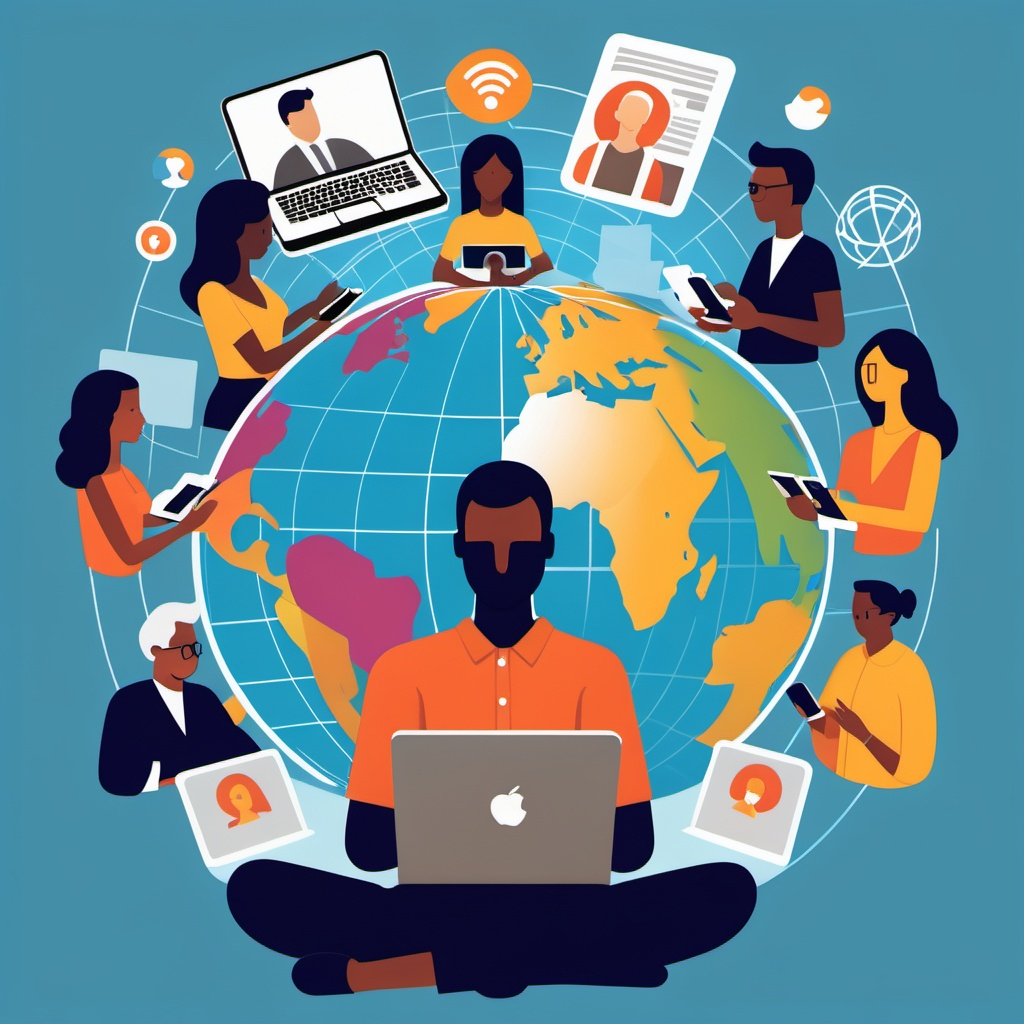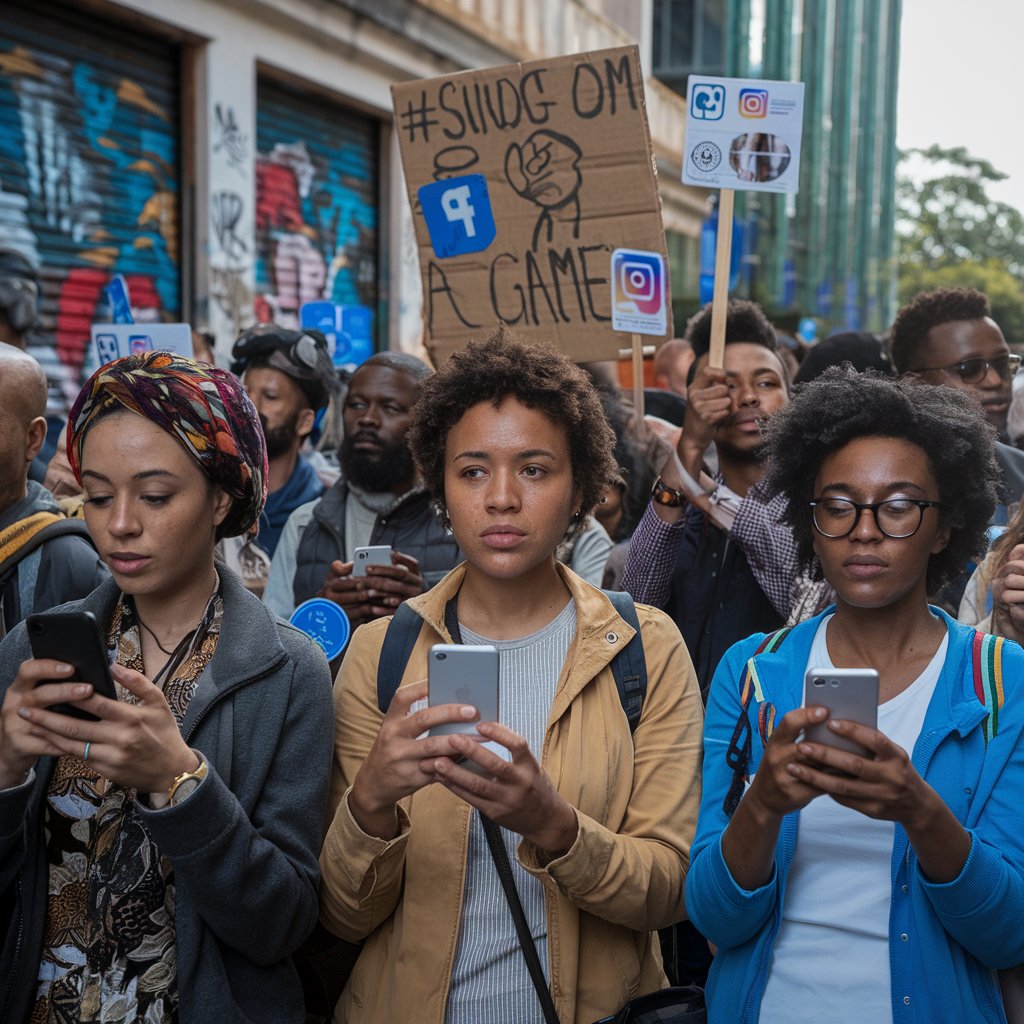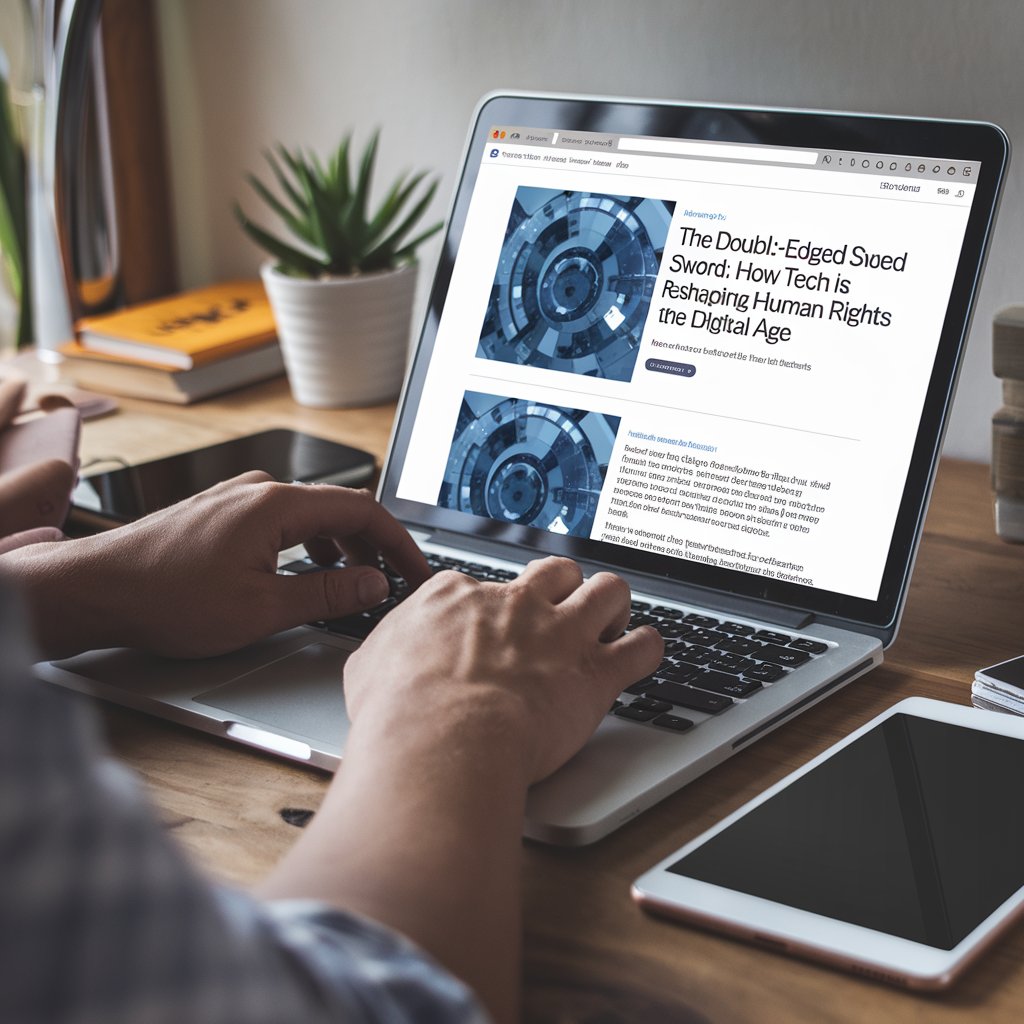Technology has revolutionized our world, connecting us in ways unimaginable just decades ago. But this rapid evolution brings a complex duality – empowering and threatening human rights in equal measure. This article delves into this dynamic, exploring how technological advancements are impacting our fundamental rights and freedoms.

The Empowerment Potential of Tech
Access to Information: The internet has democratized knowledge sharing, enabling access to news, educational resources, and diverse perspectives. This fosters informed decision-making and civic participation, crucial for a thriving society.
Freedom of Expression: Social media platforms have become powerful tools for self-expression and mobilization. Activists can leverage these platforms to raise awareness about injustices, organize movements, and demand accountability from those in power.
Protection of Vulnerable Groups: Technology can play a vital role in safeguarding marginalized communities. Mobile apps can provide vital resources and support to victims of domestic violence or human trafficking, while AI-powered tools can help identify and combat online hate speech.

The Dark Side of Tech
Surveillance and Privacy Violations: Governments and corporations are increasingly using sophisticated technologies for mass surveillance, eroding individual privacy. Facial recognition software, data tracking, and the collection of personal information pose serious threats to civil liberties.
Censorship and Information Control: Authoritarian regimes are using advanced technologies to censor online content, restrict internet access, and suppress dissent. This stifles free speech and limits access to information, hindering democratic progress.
Algorithmic Bias and Discrimination: AI algorithms are often trained on biased data, leading to discriminatory outcomes in areas like hiring, lending, and criminal justice. This perpetuates systemic inequalities and undermines social justice.

Case Studies
The #MeToo Movement: Social media played a pivotal role in amplifying the voices of survivors of sexual harassment and assault, demonstrating the power of technology to drive social change.
The Use of Facial Recognition in Law Enforcement: The deployment of facial recognition technology by law enforcement agencies has raised concerns about racial bias, wrongful arrests, and the erosion of privacy rights.
Internet Shutdowns: Governments around the world are increasingly resorting to internet shutdowns to quell protests and control information flow, highlighting the vulnerability of digital rights.
The Path Forward

Ethical Frameworks and Regulations: Developing robust ethical frameworks and regulations for the use of technology is crucial to protect human rights in the digital age. This includes ensuring transparency, accountability, and data privacy.
Digital Literacy and Empowerment: Investing in digital literacy programs can empower individuals to navigate the digital landscape safely and responsibly, while also enabling them to harness the positive potential of technology.
Global Collaboration: Addressing the complex challenges at the intersection of technology and human rights requires global collaboration between governments, civil society organizations, and the tech industry.
Technology is a powerful force that can either advance or undermine human rights. It is our collective responsibility to ensure that technological advancements are used to promote a more just and equitable world. By embracing ethical principles, fostering digital literacy, and advocating for robust regulations, we can harness the transformative power of technology to protect and expand human rights for all.





